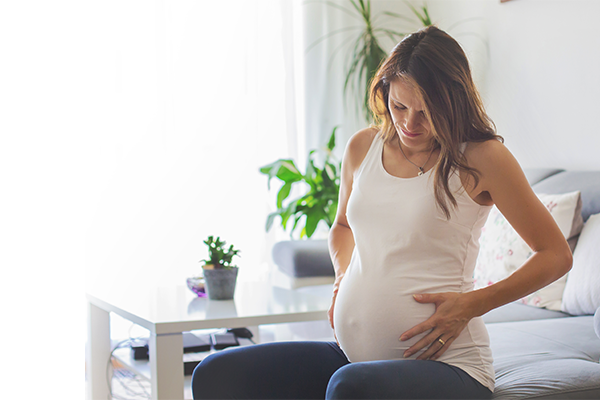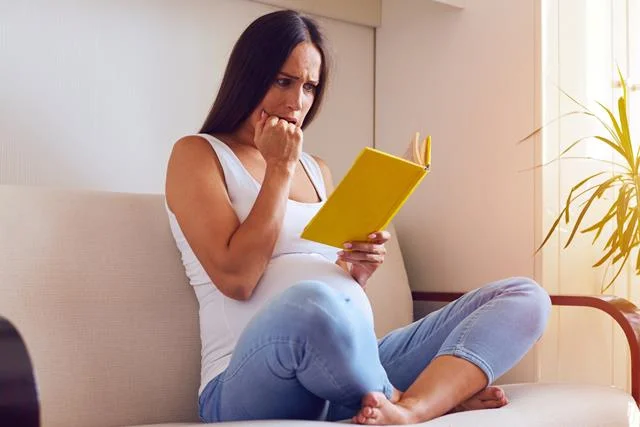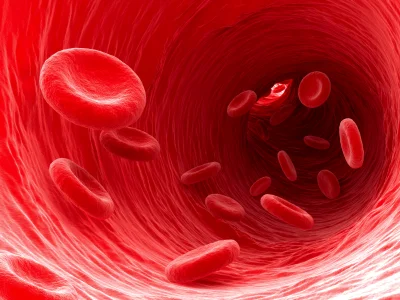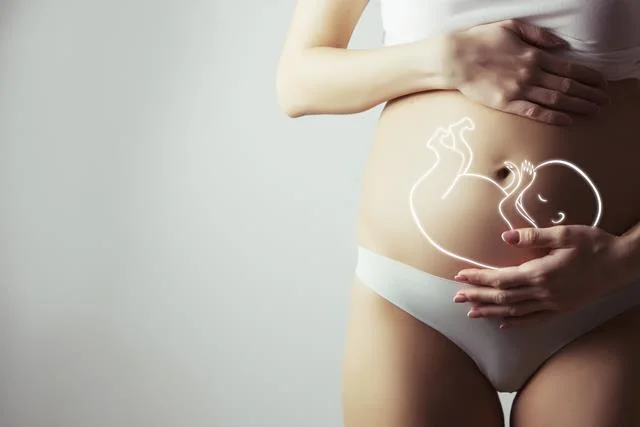A stabbing pain in the ovary during pregnancy often causes concern for the health of both mother and child. The symptom can have numerous causes – ranging from harmless, physiological reasons to conditions that may endanger the course of the pregnancy. Any worrying symptoms in the reproductive system area should therefore be discussed with the attending physician.
Ovarian pain during pregnancy usually occurs on one side, where the respective ovary is anatomically located. Pain on both sides at the same time is rare. The stabbing sensation in the ovary can occur at any stage of pregnancy but is more commonly observed in early pregnancy.
Stabbing ovarian pain in pregnancy
The term “ovarian pain in pregnancy” is colloquially used by expectant mothers to describe discomfort in the lower abdomen and pelvic area. It is a widespread phenomenon that often triggers fear of health problems for mother and child.
There are many causes of the so-called “stabbing sensation in the ovary” during pregnancy. Some are due to physiological changes and represent a normal body response to hormonal adjustments. Others, however, may have pathological causes – sometimes acting as a warning sign of impending premature birth or miscarriage.
The stabbing pain in the ovary can occur throughout the pregnancy but is more common in the first trimester. The pain is typically felt unilaterally in the area of the affected ovary. Bilateral pain is rather atypical. Every pain or stabbing episode as well as other symptoms of the reproductive system should be reported to the attending gynecologist.
Ovarian pain at the beginning of pregnancy – normal pregnancy and ectopic pregnancy
Ovarian pain in early pregnancy is generally a physiological, natural, and frequently occurring symptom – as long as it is not accompanied by other symptoms such as fever or discharge. The cause usually lies in the implantation of the fertilized egg in the uterus. This new structure, which can reach a size of up to 5 cm, exists until about the 18th week of pregnancy.
The pain is caused not only by the implantation but also by the growth of the uterus and the stretching of its ligaments – especially due to the increased progesterone levels in this phase. Pressure from the growing uterus on the peritoneum of neighboring organs can also trigger a sensation of pain that is interpreted as “ovarian pain.”
Physiologically caused pain at the beginning of pregnancy usually subsides on its own within a few weeks.
However, the pain can also have other causes. Similar symptoms occur in cases of ectopic pregnancy (also called extrauterine pregnancy). Here, the embryo implants outside the uterus, for example in the fallopian tube. In this case, there is an acute, increasing stabbing pain in the affected ovarian area – a condition that requires surgical intervention. Without treatment, the fallopian tube can rupture, posing a life-threatening situation for the mother.
Ovarian pain in early pregnancy – miscarriage, diseases of the adnexa
Lower abdominal pain during pregnancy can also be a sign of impending miscarriage. These pains are mostly cramp-like and diffuse, often accompanied by spotting or bleeding from the vagina.
A “stabbing sensation in the ovary” at the beginning of pregnancy can also be caused by an ovarian cyst. In such cases, the symptoms are usually milder and irregular. These fluid-filled cysts often regress during pregnancy or disappear after delivery.
Inflammation of the adnexa (ovaries and fallopian tubes), caused by various pathogens, can also cause ovarian pain during pregnancy.









